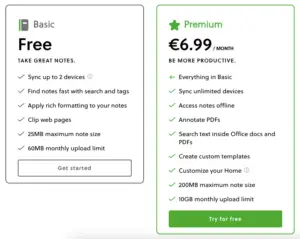


With this massive data move, Evernote is basically doing the exact opposite of what Dropbox did over the past few years when it quietly moved 90% of its user data from Amazon Web Services over to its own internal data centers. The company also plans to move all of its internal operations to Google’s cloud as well.įor more, read: Google Says Its Cloud Is Ready for Big Business Additionally, with an assist from Google (GOOG), Evernote must ensure all this happens without a hiccup so as not to disturb or alarm Evernote’s estimated 200 million users. user preferences, annotations and attachments).

In Evernote’s case, that data consists all users’ digital content, including notebooks, photos, and other multimedia files of all types as well as data about the data (i.e. To get an idea of that scale, a single petabyte (a million gigabytes) of data represents the equivalent of 20 million four-drawer file cabinets filled with text. This is no small achievement as the transition means moving approximately three to 3.5 petabytes of user data from Evernote’s two current data centers into the Google Cloud Platform. The network connections are set up, and Evernote plans to start moving user data over in October in order to be done by year’s end, he adds. But the fact here is that shared public cloud infrastructure-like that offered by Google (GOOG), Amazon (AMZN), and Microsoft (MSFT)-offers both the scale and security that third-party software vendors need, Kundu explains. “We hope after December, we won’t be in our own data centers any more,” says Anirbin Kundu, Evernote’s chief technology officer, in an interview with Fortune.Įvernote offers a popular note-taking and content aggregation application.


 0 kommentar(er)
0 kommentar(er)
